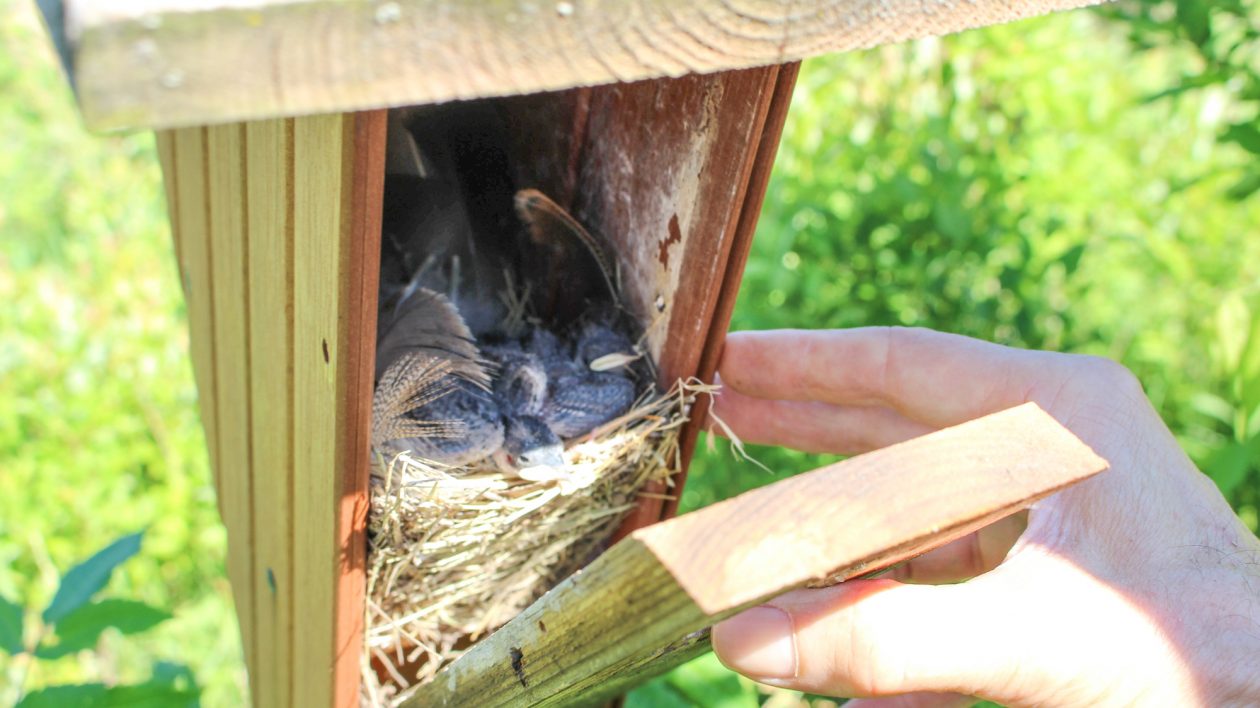
Bird nest containers have long played a crucial role in preserving the delicate and valuable nests of swiftlets. These containers serve not only as vessels for storage and transportation but also as guardians of the nests’ freshness, nutritional integrity, and quality. In this comprehensive guide, we delve into the world of bird nest containers, exploring their significance, types, features, and future trends.
Understanding Bird Nest Containers
Bird nest containers have a rich history dating back centuries. In traditional practices, swiftlet nests were often nestled in natural containers such as shells, leaves, and bamboo. These organic materials provided a natural environment for the nests, ensuring they remained intact and protected.
With advancements in technology and packaging, modern bird nest containers have undergone significant evolution. Plastic bird nest containers have emerged as a popular choice due to their durability, versatility, and ease of use. However, as the demand for sustainable packaging grows, eco-friendly alternatives made from biodegradable materials are gaining traction.
Factors to Consider When Choosing Bird Nest Containers
When selecting bird nest containers, several factors come into play. Material quality and durability are paramount to ensure the nests remain intact during storage and transportation. Size and capacity also play a crucial role, with containers available in various dimensions to accommodate different quantities of nests.
Design and presentation are essential considerations for businesses looking to differentiate their products in the market. Customization options allow brands to incorporate their logos, colours, and branding elements, enhancing their visibility and appeal to consumers.
Innovative Features and Technologies in Bird Nest Containers
Modern bird nest container boast innovative features designed to enhance preservation and presentation. Advanced sealing mechanisms and oxygen barrier technologies help maintain freshness and extend shelf life. Temperature control features further ensure the nests remain at optimal conditions during storage and transit.
Customization options allow businesses to tailor their containers to meet their specific needs and branding requirements. From sleek designs to vibrant colours, bird nest containers can be customized to reflect the identity and values of the brand.
Tips for Proper Handling and Storage of Bird Nest Containers
Proper handling and storage are essential to preserving the quality and integrity of bird nest containers. Storing containers in a cool, dry place away from direct sunlight helps prevent damage and deterioration. It’s also important to handle containers with care to avoid crushing or damaging the delicate nests inside.
When storing bird nest containers, it’s crucial to adhere to recommended storage conditions to ensure optimal freshness and quality. By following these tips, businesses can maximize the shelf life of their products and deliver a superior experience to consumers.
The Future of Bird Nest Containers: Trends and Innovations
Looking ahead, the future of bird nest containers is ripe with possibilities. Sustainable packaging solutions will continue to gain prominence as consumers and businesses alike prioritize environmental conservation. Integration of smart packaging technologies, such as QR codes and NFC tags, will enable brands to provide consumers with valuable information about the origin and quality of their products.
As consumer preferences and market demands evolve, bird nest containers will adapt to meet these changing needs. By embracing innovation and sustainability, businesses can stay ahead of the curve and continue to thrive in the competitive bird nest market.



